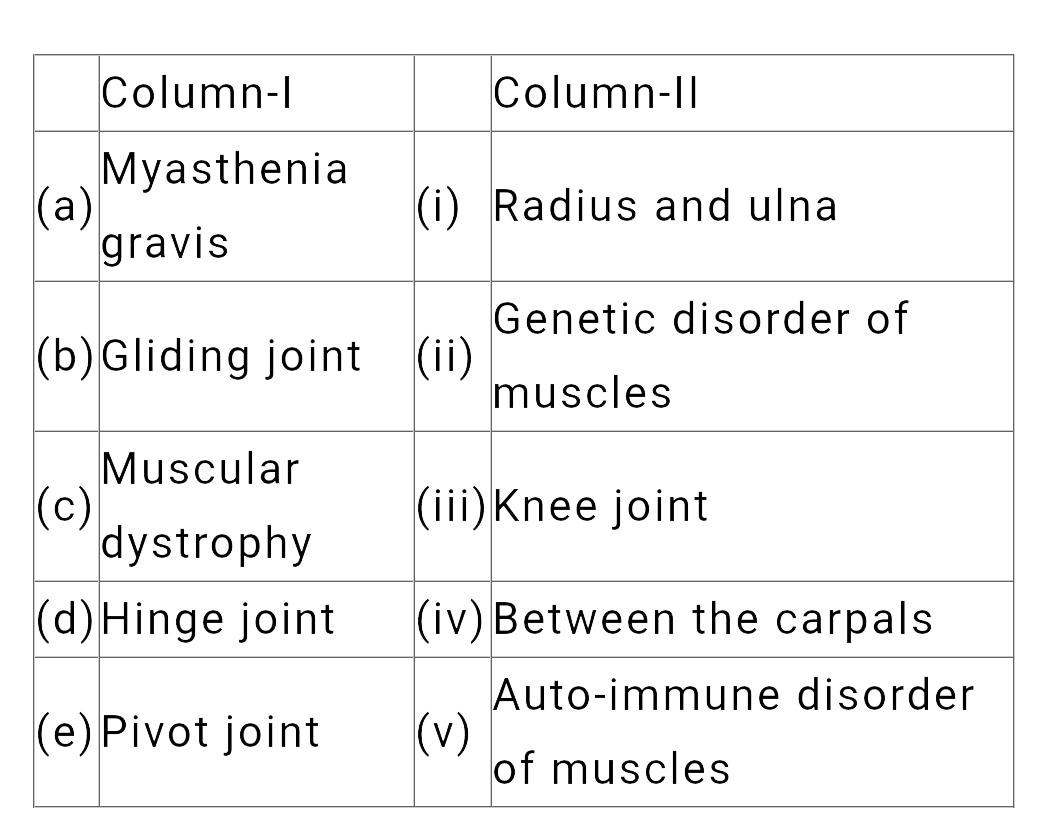Mark the correct options:
A system X is in the thermal equilibrium with Y but not with Z. Systems Y and Z may be in thermal equilibrium with each other.
A system X is in thermal equilibrium with Y but not with Z. Systems Y and Z are not in thermal equilibrium with each other.
A system X is neither in thermal equilibrium with Y nor with Z. The systems Y and Z must be in thermal equilibrium with each other.
A system X is neither in thermal equilibrium with Y nor with Z. The systems Y and Z may be in thermal equilibrium with each other.
The correct Answer is:B, D
To solve the question regarding thermal equilibrium, we need to analyze the given options step by step.
1. Understanding Thermal Equilibrium:
- Two systems are in thermal equilibrium if they are at the same temperature. If system X is in thermal equilibrium with system Y, it means they have the same temperature (let's denote it as T).
2. Analyzing the First Option:
- The first option states that "A system X is in thermal equilibrium with Y but not with Z."
- Since X and Y are in thermal equilibrium, they share the same temperature (T). However, since X is not in thermal equilibrium with Z, it implies that Z must have a different temperature (let's denote it as T').
- Therefore, Y and Z cannot be in thermal equilibrium because Y has the temperature T and Z has the temperature T'.
- Conclusion: This option is correct.
3. Analyzing the Second Option:
- The second option states that "A system X is neither in thermal equilibrium with Y nor Z."
- If X is not in thermal equilibrium with Y, it means they have different temperatures. However, if X is not in thermal equilibrium with Y, it does not necessarily imply that Y and Z cannot be in thermal equilibrium.
- For example, if X has a temperature of 5°C, Y could have 10°C, and Z could have 10°C as well, which means Y and Z are in thermal equilibrium.
- Conclusion: This option is incorrect because Y and Z can still be in thermal equilibrium.
4. Analyzing the Third Option:
- The third option states that "The systems Y and Z must be in thermal equilibrium."
- This statement is not necessarily true. While Y and Z can be in thermal equilibrium, there is no information provided that confirms they must be. They could have different temperatures as well.
- Conclusion: This option is incorrect.
5. Analyzing the Fourth Option:
- The fourth option states that "System X is neither in thermal equilibrium with Y nor with Z."
- This option is similar to the second option. If X is not in thermal equilibrium with Y, it does not imply that Y and Z cannot be in thermal equilibrium.
- Conclusion: This option is also incorrect.
Final Summary of Correct Options:
- The only correct option is the first one: "A system X is in thermal equilibrium with Y but not with Z."
- Two systems are in thermal equilibrium if they are at the same temperature. If system X is in thermal equilibrium with system Y, it means they have the same temperature (let's denote it as T).
- The first option states that "A system X is in thermal equilibrium with Y but not with Z."
- Since X and Y are in thermal equilibrium, they share the same temperature (T). However, since X is not in thermal equilibrium with Z, it implies that Z must have a different temperature (let's denote it as T').
- Therefore, Y and Z cannot be in thermal equilibrium because Y has the temperature T and Z has the temperature T'.
- Conclusion: This option is correct.
- The second option states that "A system X is neither in thermal equilibrium with Y nor Z."
- If X is not in thermal equilibrium with Y, it means they have different temperatures. However, if X is not in thermal equilibrium with Y, it does not necessarily imply that Y and Z cannot be in thermal equilibrium.
- For example, if X has a temperature of 5°C, Y could have 10°C, and Z could have 10°C as well, which means Y and Z are in thermal equilibrium.
- Conclusion: This option is incorrect because Y and Z can still be in thermal equilibrium.
- The third option states that "The systems Y and Z must be in thermal equilibrium."
- This statement is not necessarily true. While Y and Z can be in thermal equilibrium, there is no information provided that confirms they must be. They could have different temperatures as well.
- Conclusion: This option is incorrect.
- The fourth option states that "System X is neither in thermal equilibrium with Y nor with Z."
- This option is similar to the second option. If X is not in thermal equilibrium with Y, it does not imply that Y and Z cannot be in thermal equilibrium.
- Conclusion: This option is also incorrect.
- The only correct option is the first one: "A system X is in thermal equilibrium with Y but not with Z."
Topper's Solved these Questions
- THERMAL PROPERTIES OF MATTERBOOK - MODERN PUBLICATIONCHAPTER - THERMAL PROPERTIES OF MATTEREXERCISE - COMPETITION FILE (EXEMPLAR PROBLEM SUBJECTIVE QUESTION (VERY SHORT ANSWER TYPE QUESTION)
5 Videos
- THERMAL PROPERTIES OF MATTERBOOK - MODERN PUBLICATIONCHAPTER - THERMAL PROPERTIES OF MATTEREXERCISE - COMPETITION FILE (EXEMPLAR PROBLEM SUBJECTIVE QUESTION (SHORT ANSWER TYPE QUESTION)
4 Videos
- THERMAL PROPERTIES OF MATTERBOOK - MODERN PUBLICATIONCHAPTER - THERMAL PROPERTIES OF MATTEREXERCISE - COMPETITION FILE (EXEMPLAR PROBLEM OBJECTIVE TYPE QUESTION (MULTIPLE CHOICE QUESTION TYPE - I )
8 Videos
- SYSTEMS OF PARTICLES AND ROTATIONAL MOTIONBOOK - MODERN PUBLICATIONCHAPTER - SYSTEMS OF PARTICLES AND ROTATIONAL MOTIONEXERCISE - Chapter Practice Test (for Board Examination)
16 Videos
- UNITS AND MEASUREMENTBOOK - MODERN PUBLICATIONCHAPTER - UNITS AND MEASUREMENTEXERCISE - CHAPTER PRACTICE TEST
15 Videos
Similar Questions
Knowledge Check
Mark the correct option(s) out of the following:
AMechanical waves can be transverse in liquids.Bin some medium, the speed of a longitudinal mechanical wave is greater than the speed of transverse mechanical wave.Ctransverse waves ate possible in bulk of a liquid.DNon-mechanical waves are transverse in nature.Figure represents on the log-log scale pressure (P) dependence of adiabatic compressibility (K) of two gasses. Mark the correct option/s.
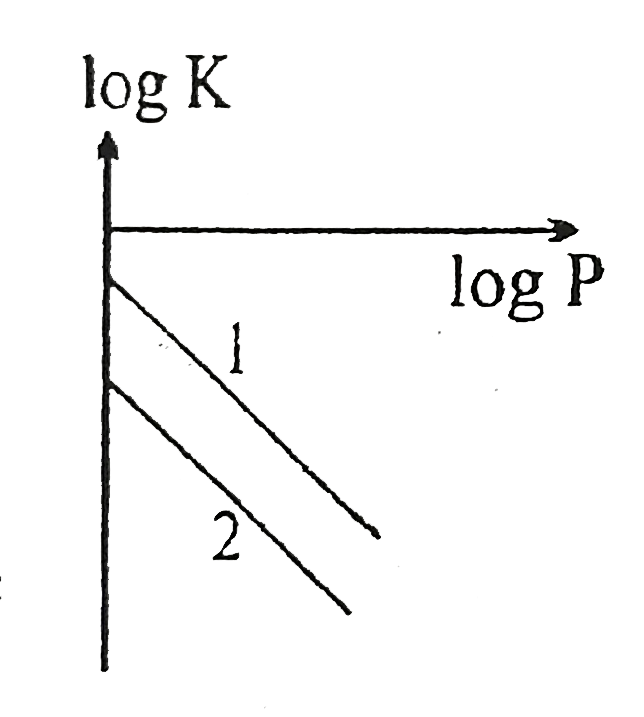 ALine 1 & 2 may represent monoatomic and diatomic gas respectively.BLine1 & 2 may represent diatomic and monoatomic gasses respectively.CDegree of freedom for the gas represented by line 1 is more then the degree of freedom for line 2DDegree of freedom for the gas represented by line 2 is more than the degree of freedom for line 1.
ALine 1 & 2 may represent monoatomic and diatomic gas respectively.BLine1 & 2 may represent diatomic and monoatomic gasses respectively.CDegree of freedom for the gas represented by line 1 is more then the degree of freedom for line 2DDegree of freedom for the gas represented by line 2 is more than the degree of freedom for line 1.Animal classification is depicted below. Mark the correct option.
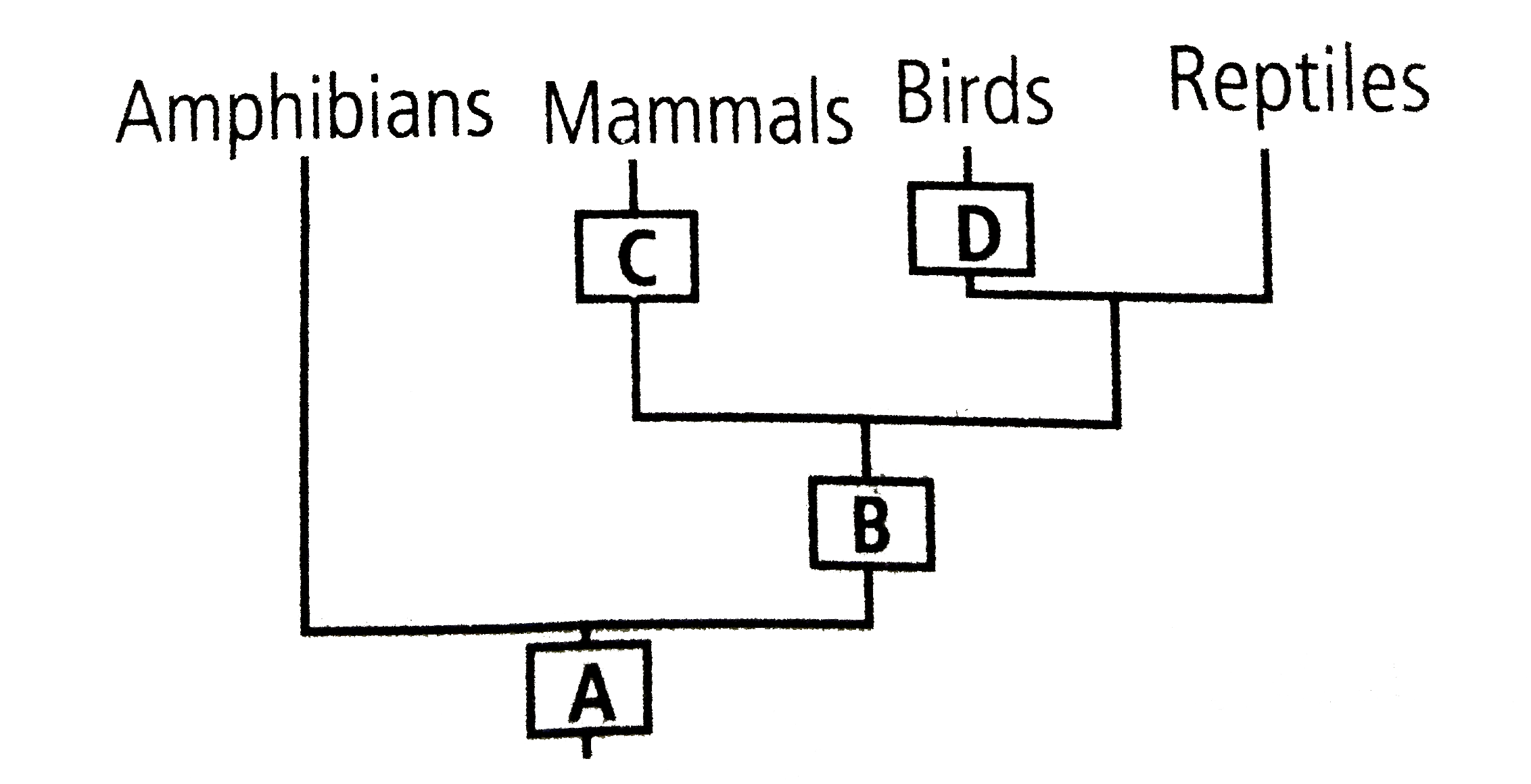 AA-Limbs
AA-Limbs
B-Egg with amnion membrane
C-Milk, hair
D-FeathersBA-Egg with amnion membrane
B-Limbs
C-Milk, hair
D-FeathersCA-Swin bladder
B-Limbs
C-Milk,hair
D-FeathersDA-Milk, hair
B-Limbs
C-Egg with amnion membrane
D-Feathers
In these figures, two life-cycles are described. Mark the correct option.
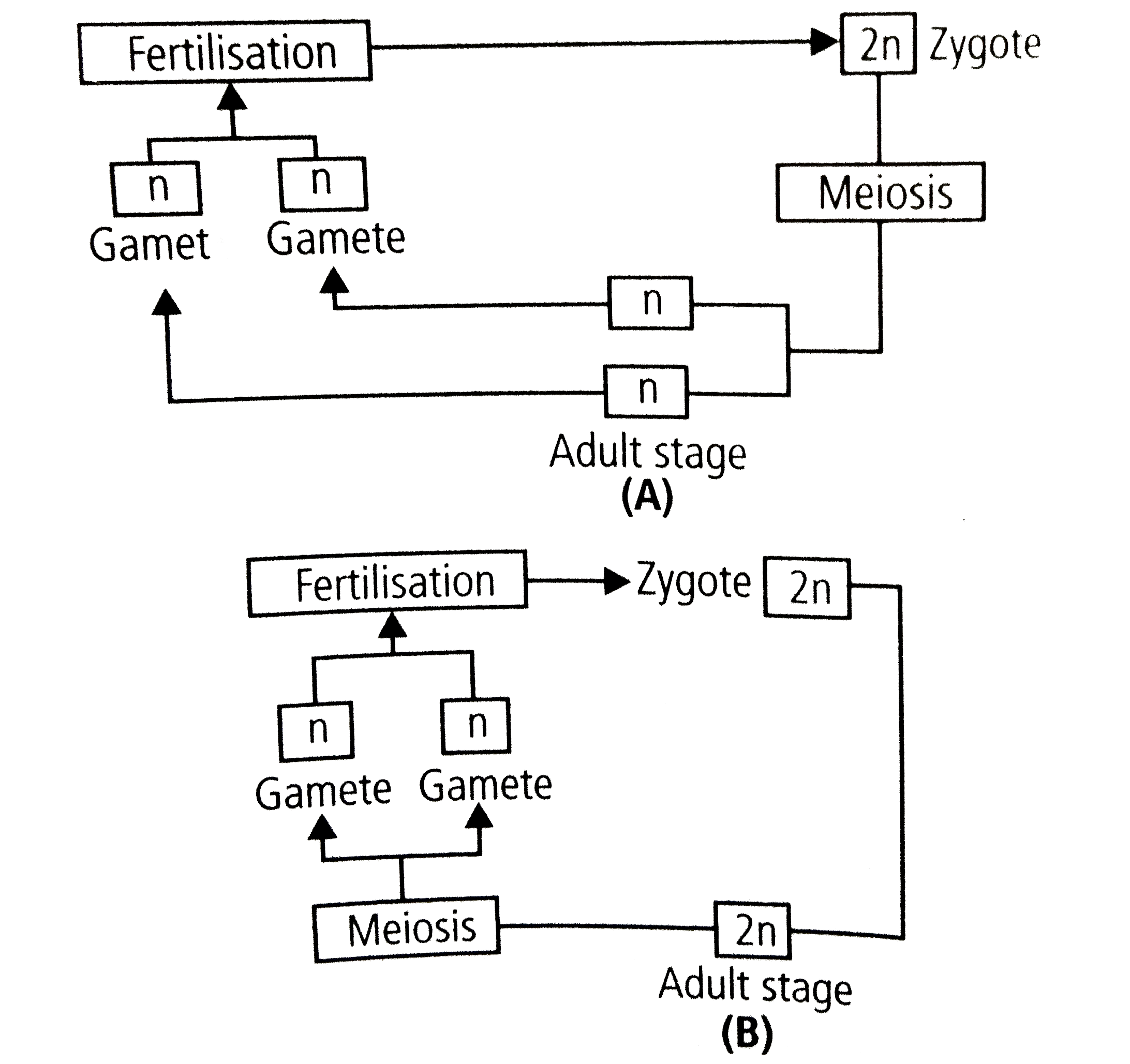
View SolutionConsider the following: [Co(CO3)(NH3)5]ClO4
mark the correct option:
View SolutionConsider figure and mark the correct option
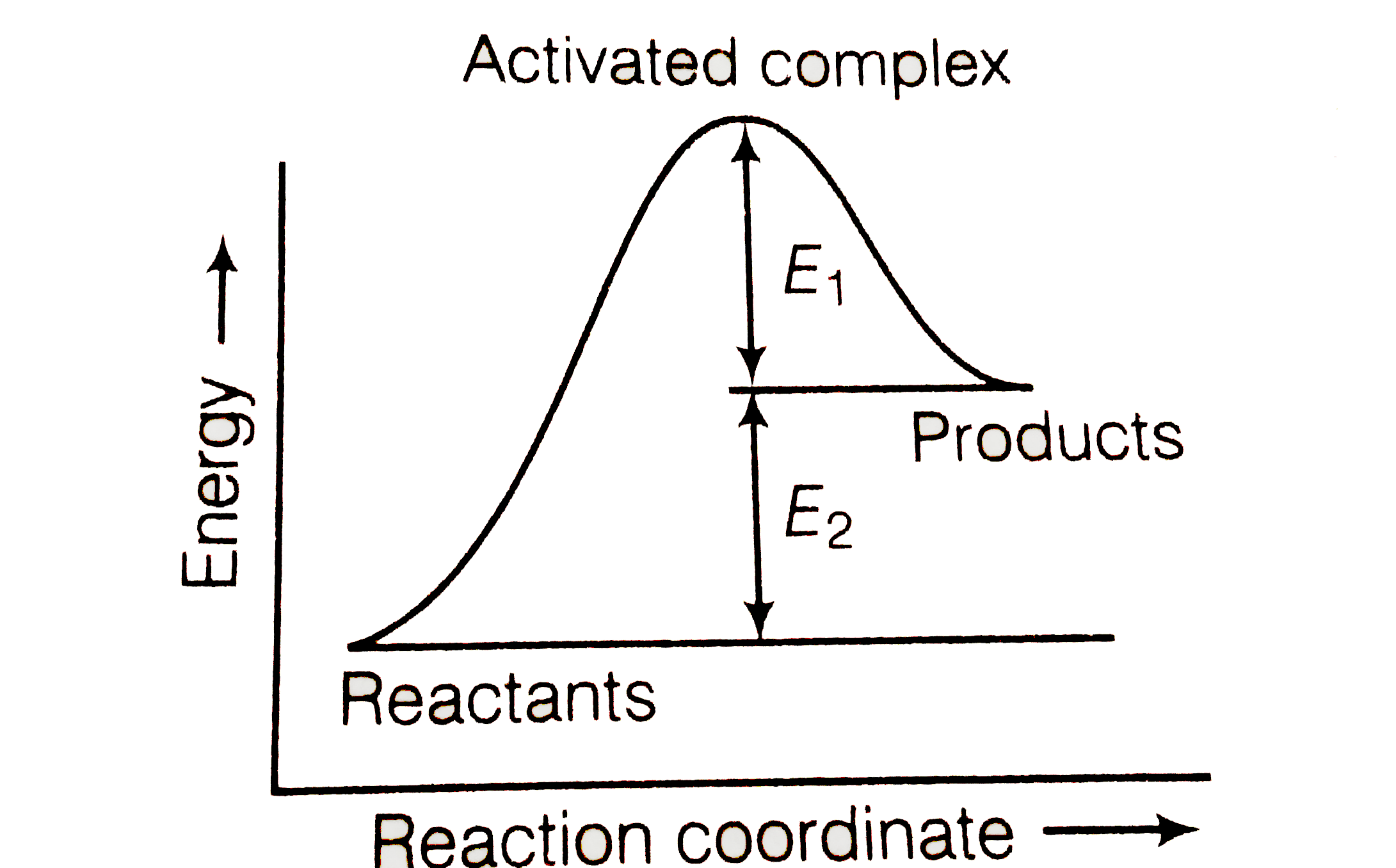
View SolutionConsider the figure and mark the correct option

View SolutionMatch the following and mark the correct option
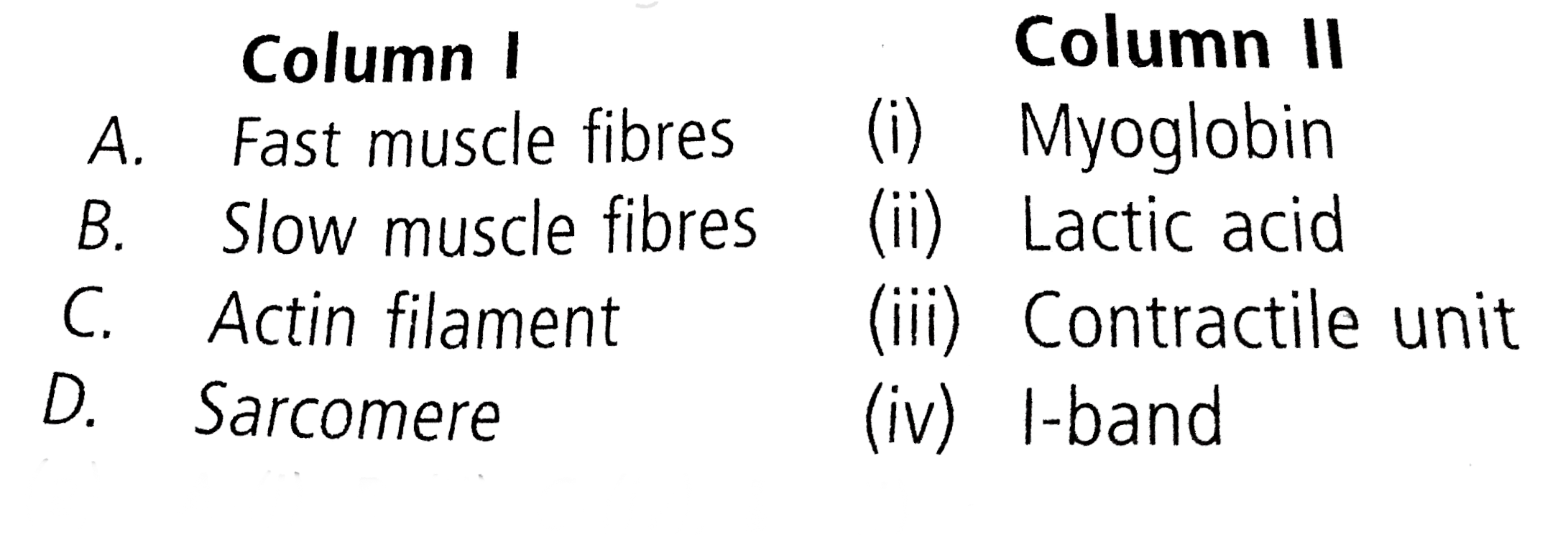
View Solution

